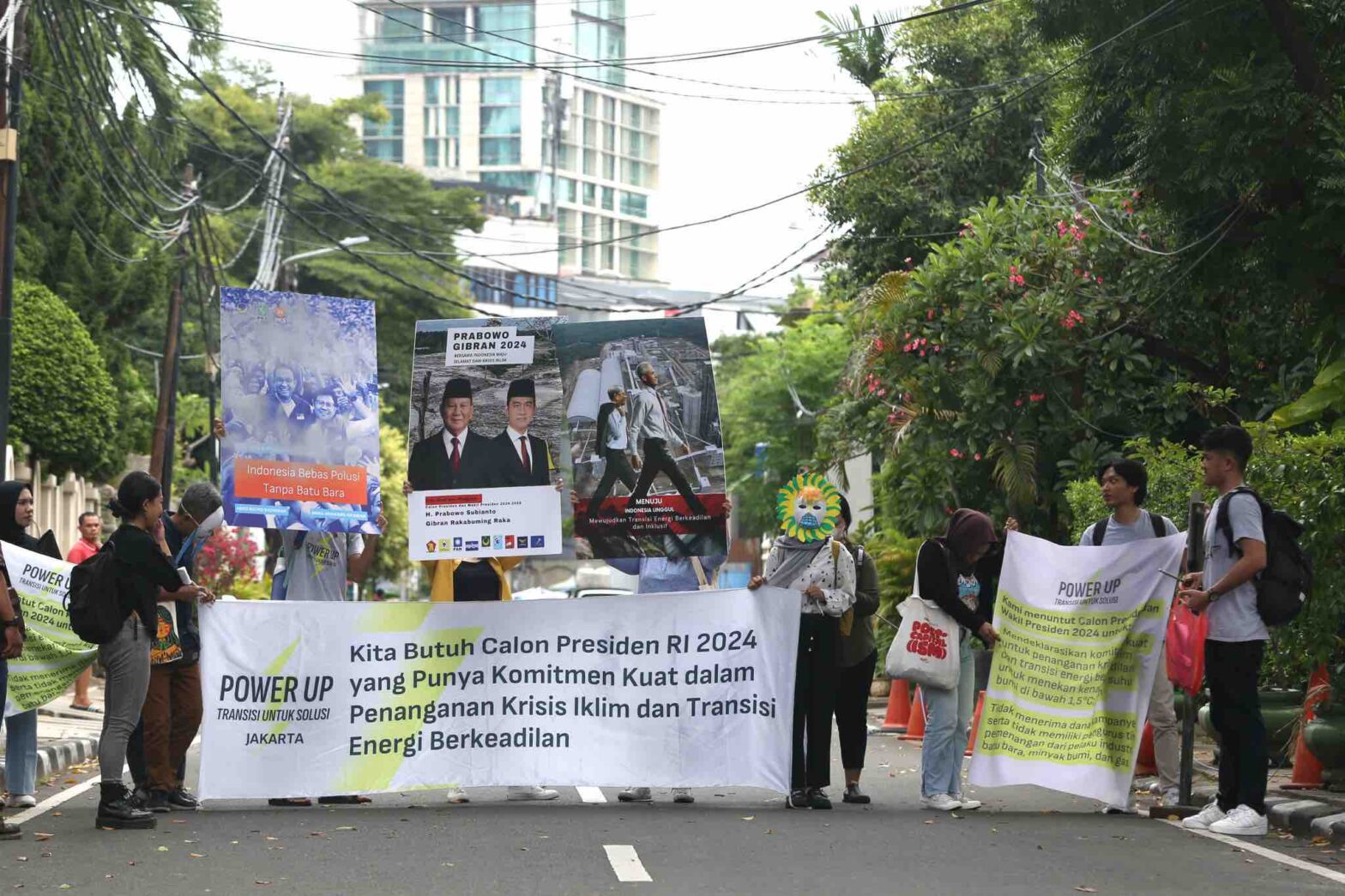Jakarta, Ekuatorial – Despite of living in areas vulnerable to landslides, people have low awareness on natural disasters, said Sutopo Purwo Nugroho, spokesman National Disaster Mitigation Agency, BNPB, in Jakarta, on Monday (16/12).
Nugroho cited surveys, — 2006 survey by Indonesian Institute of Sciences (LIPI) in cooperation with UNESCO, 2012 Index on Preparedness by BNPB, and 2013 pilot survey on knowledge, attitude and practice conducted by BNPB, UNFPA, and Statistic Indonesia (BPS) –, have concluded that Indonesians have low preparation to deal with natural disasters and its impacts.
“We have already installed landslide early warning system (LEWS) in Banjarnegara [of Central Java], Bogor [of West Java], Bandung [of West Java], and Karanganyar [of Central Java]. But, they were not properly maintained,” he said. “For instance, in Banjarnegara, its system did not function. We also found that the system was deliberately cut off by people because they felt threatened by the sound of the alarm. There must be social approach based on engineering [as one of the solution].”
Furthermore, he said that regional budget allocated to deal with natural disasters were far from sufficient. “Ideally, governments should be allocating at least one percent of their budgets per year. But, in reality, most of them would only allocate 0.02 to 0.07 percent per year,” he said. “As a result, disaster mitigation efforts are not optimal.”
For the past few days, Banjarnegara made headlines as landslides struck Jemblung hamlet, Sampang village of Karangkobar sub-district, on Friday (12/12) resulting to at least 56 people killed, 52 people were still missing, and more than one thousand people flee their villages.
Twenty sub-districts in Banjarnegara, Nugroho said, were categorized as areas prone to landslides with medium-severe level. In 2006, landslide hit Gunungraja hamlet, Sijeruk village, Banjarmangu sub district of Banjarnegara, resulted to 76 people killed.
“A total of 274 districts or cities have high to medium potential for landslides in Indonesia by 2014. As much as 40.9 million people or 17.2 percent are vulnerable to landslides. However, their abilities to protect and avoid landslides are very low,” he said adding most of them living in remote areas making evacuation efforts can be difficult.
Furthermore, he said that landslide cases have been increasing as lots of people living in slope areas, environmental degradation, poverty, among other reasons. BNPB recorded 376 cases of landslides in 2014, meanwhile 296 cases occurred in 2013, 291 cases in 2012 and 329 cases in 2011.
Wonogiri, Bogor, and Wonosobo districts held the highest records for landslides, — 90, 75, 72 –, respectively between 2005-14. Meanwhile, landslides hit Banjarnegara for 22 times from 2005 to 2014 or twice to three times per year.
“For the past ten years, landslides happen mostly in January, February, and March. It seems that rainy seasons have been contributing to these landslides,” he said. Fidelis E. Satriastanti.



